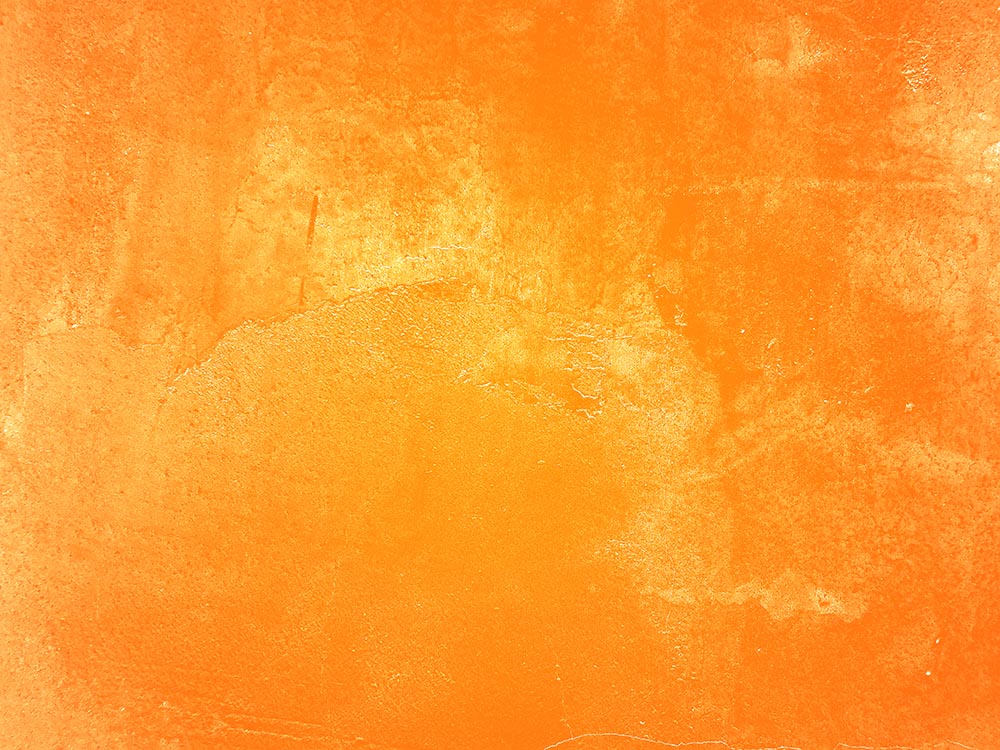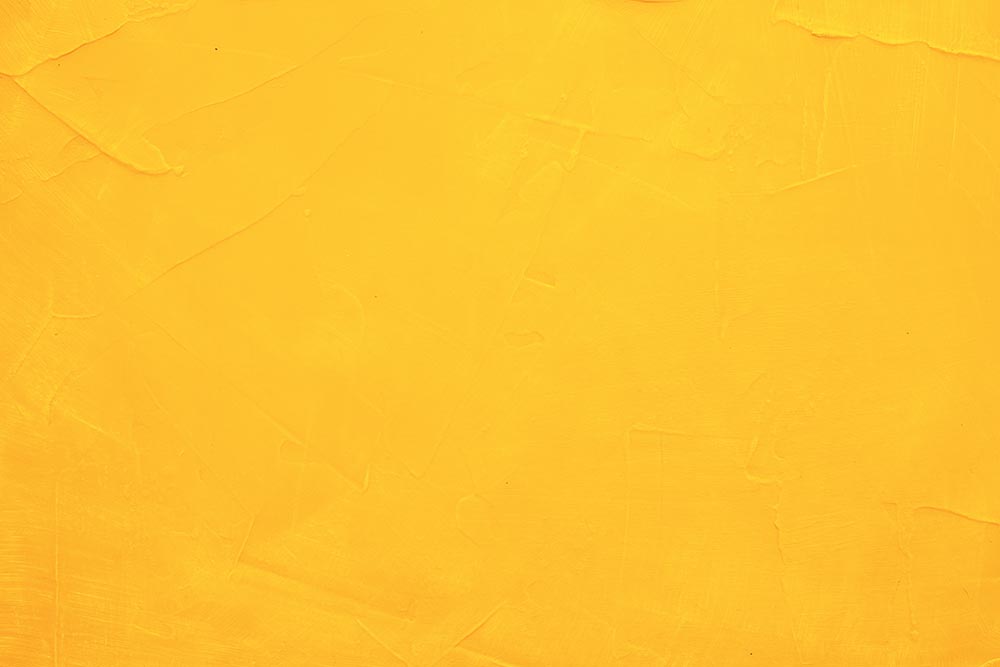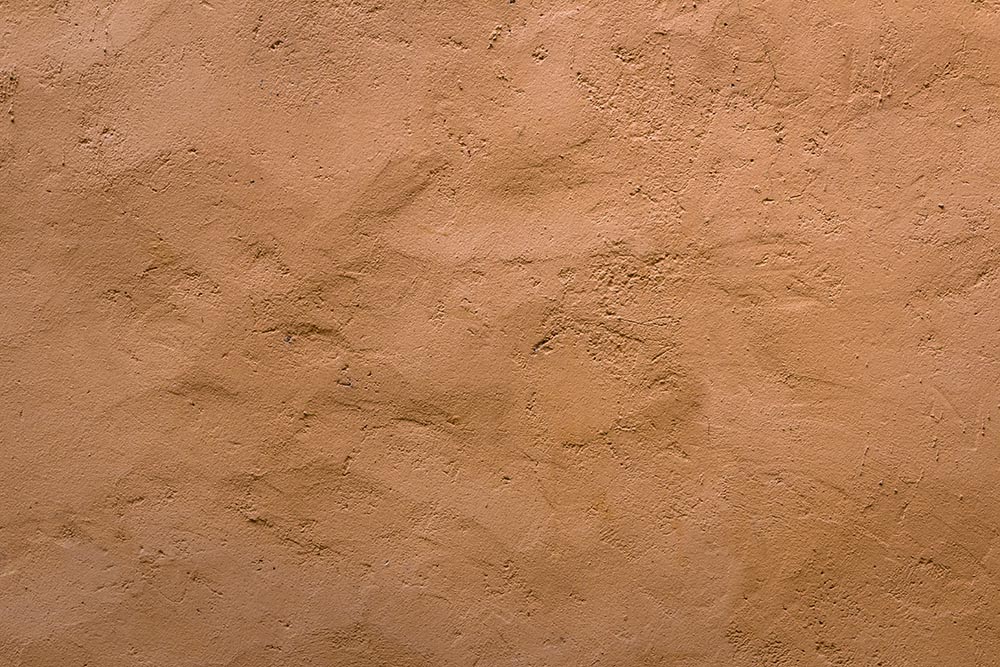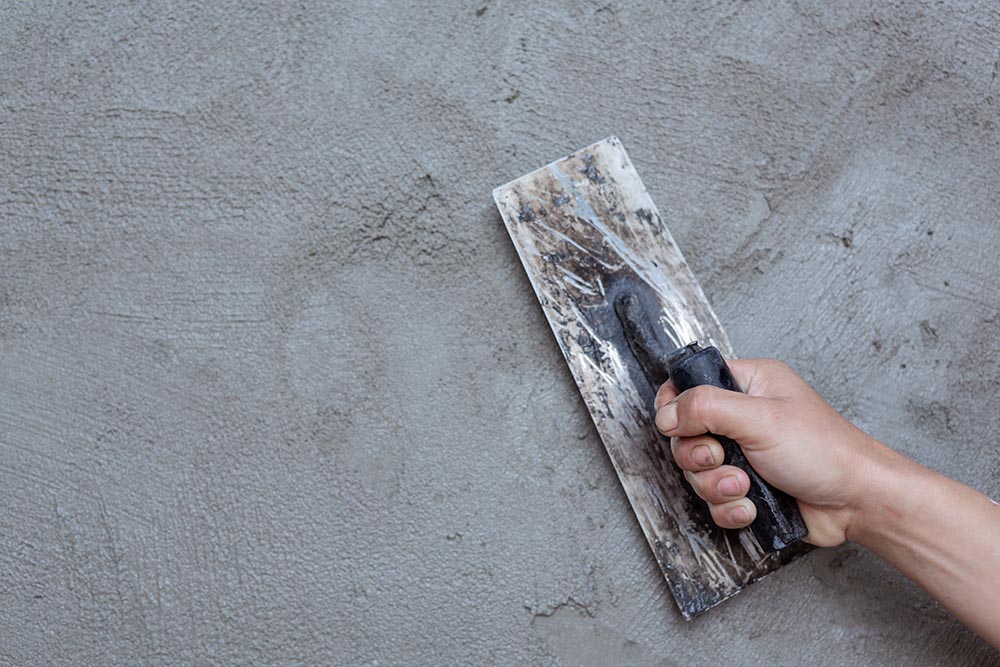If you are exploring your different options when it comes to plastering, then you’ve likely heard of Marmorino and Venetian plaster. But what is there different between the two? And if there is a big difference, which one is the better of the two? In this article, we’ll take you through the differences between Marmorino and Venetian plaster, for your convenience.

Marmorino or Venetian Plaster?
When it comes to furnishing the interior of a home, you reveal its very essence. You let your personality shine through and shape your home into a haven that really reflects who you are and what you want out of life. Which is why every decision must be made with careful consideration.
Let’s take a look at walls. Due to their size, walls are among the most eye-catching of features in any interior. This is why you need to come up0 with furnishing designs that begin with quality finishes on your walls. You can’t just leave it blank! That’s a lot of free-real estate and using up that wall space with some gorgeous plaster is a great way to go.

Marmorino Plaster
Marmorino originates many years back. However, in recent years it has certainly made a noticeable come back into what is considered fashionable. Marmorino is a special kind of plaster that allows you to create atmospheric displays of various light and shade effects, adding a marbled vibe to your walls. It is made with mineral products based on pure lime putty and marble dust, which gives it that aged effect.
Venetian Plaster
Venetian Plaster is arguably among the most refined types of finish available. It is a mixture of lime putty, mineral carbonates, and of course, marble powder. This exceptional finish enhances the overall luminosity of interiors, creating what is calls a ‘special relief’ effect. In addition to that, Venetian is renowned for its breathable properties and a high-resistance to mould and bacteria gathering in the walls.
The overall effect of Venetian plaster when applied properly (and with a quality product) is to produce a stunning, bright, and marbled effect finish. It often looks three-dimensional, giving your walls a whole new life!

So, what’s the difference between Marmorino and Venetian?
The truth is, Marmrorino is actually a type of Venetian plaster. So, it is difficult to talk about the differences between them both.
Marmorino Veneziano is based on calcium oxide and is used for a wide variety of exterior and interior wall decorations and applications. It can be finished using a multitude of techniques for matte, glossy, and satin finish effects. The interesting thing about Marmorino is that it dates all the way back to the Roman era! Though was made more popular during the Renaissance some 500 years ago in the city of Venice.

Conclusion
Contrary to popular belief, Marmarino is not a polished plaster type and shouldn’t be used to describe high-gloss Venetian plasters. There are similarities indeed, but Marmaino tends to have a more rustic appearance, whereas Venetian is typically smoother (hence the high-gloss).
Of course, we understand that it can be rather difficult when trying to traverse the various types of plaster that there is on the market today. Many names are used interchangeably and it can get incredibly confusing.
So, if you find yourself feeling at a loss and can’t quite decide which type of plaster is best for your home, then you should consult with the experts. Platinum 3 Painting for example, can help you to note only determine the differences between the various plaster finishes available, including how to decide on which will best suit your tastes and the purpose that you need it to serve.
In any case, we wish you the very best of luck with your interior decoration project and hope that you find the perfect fit to bring your home to life and give it that luxurious feel that you’ve always dreamed of.



